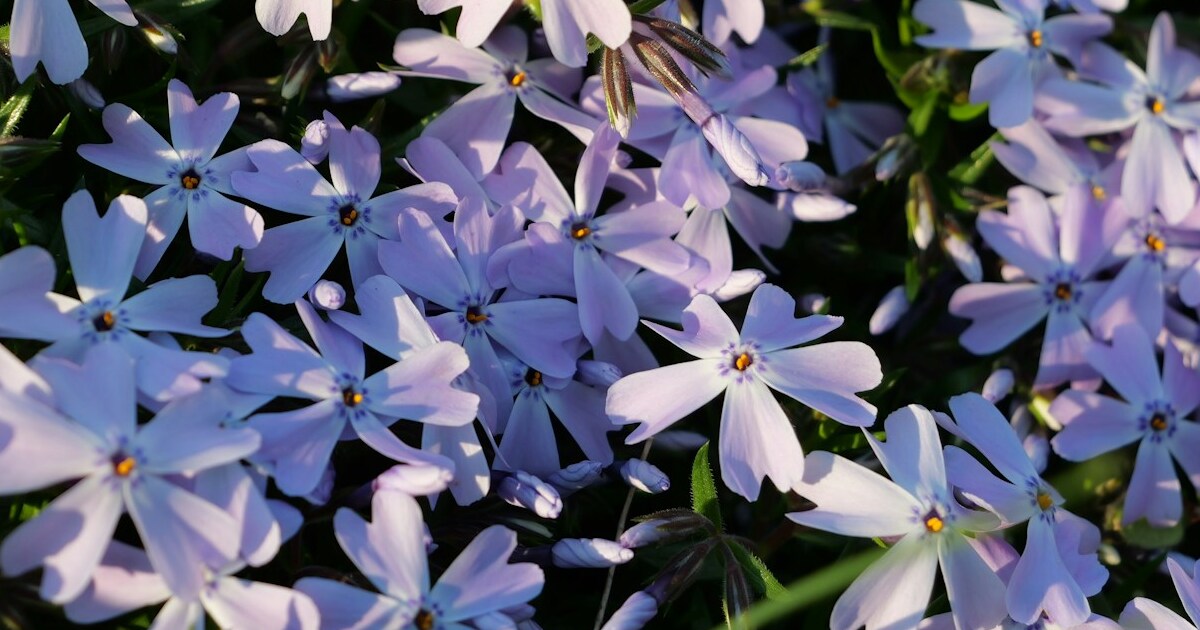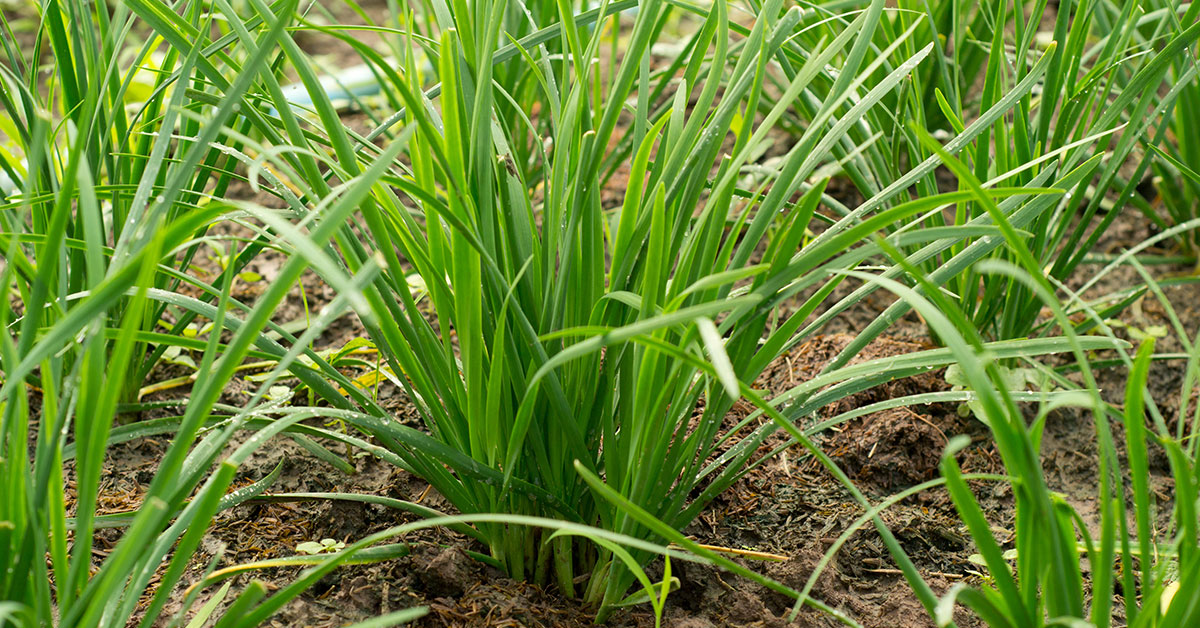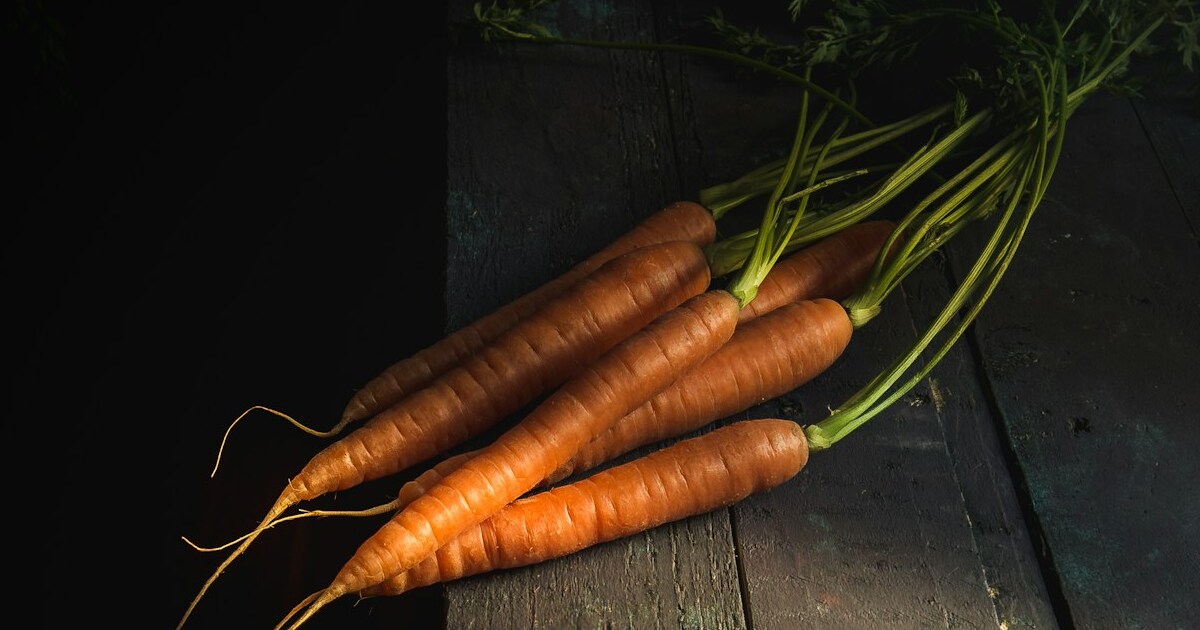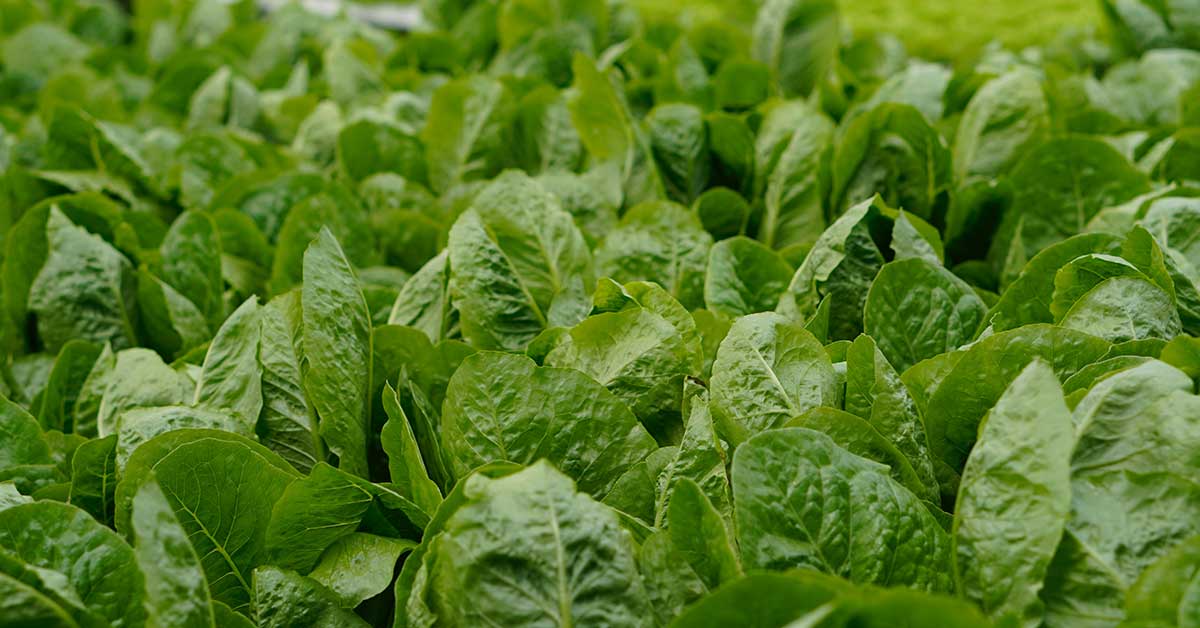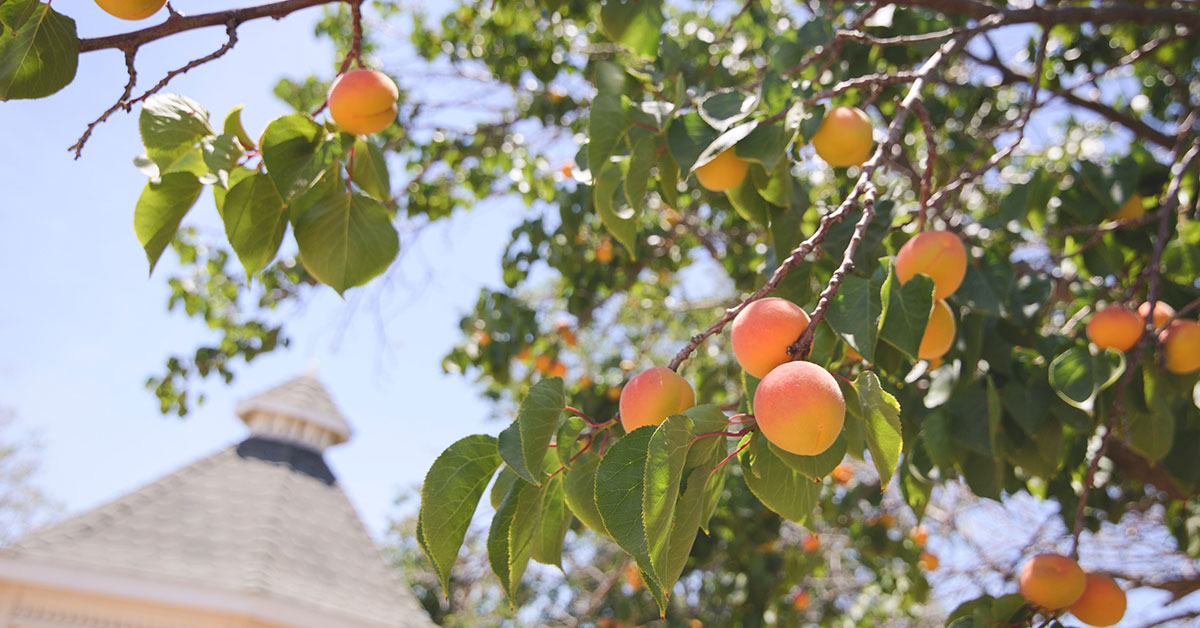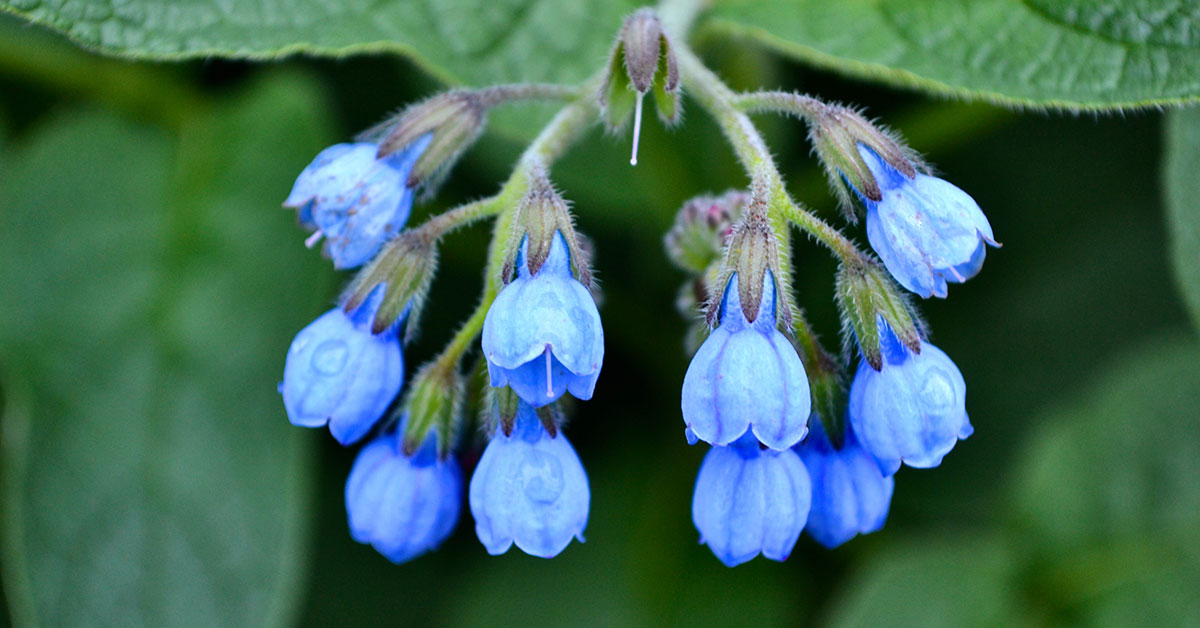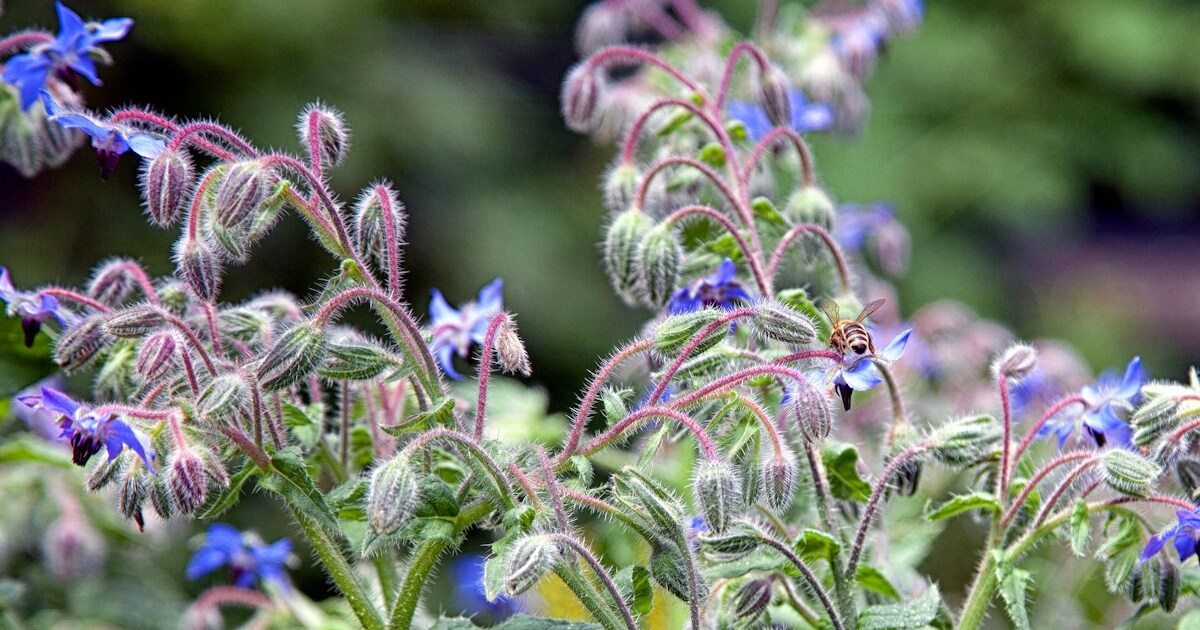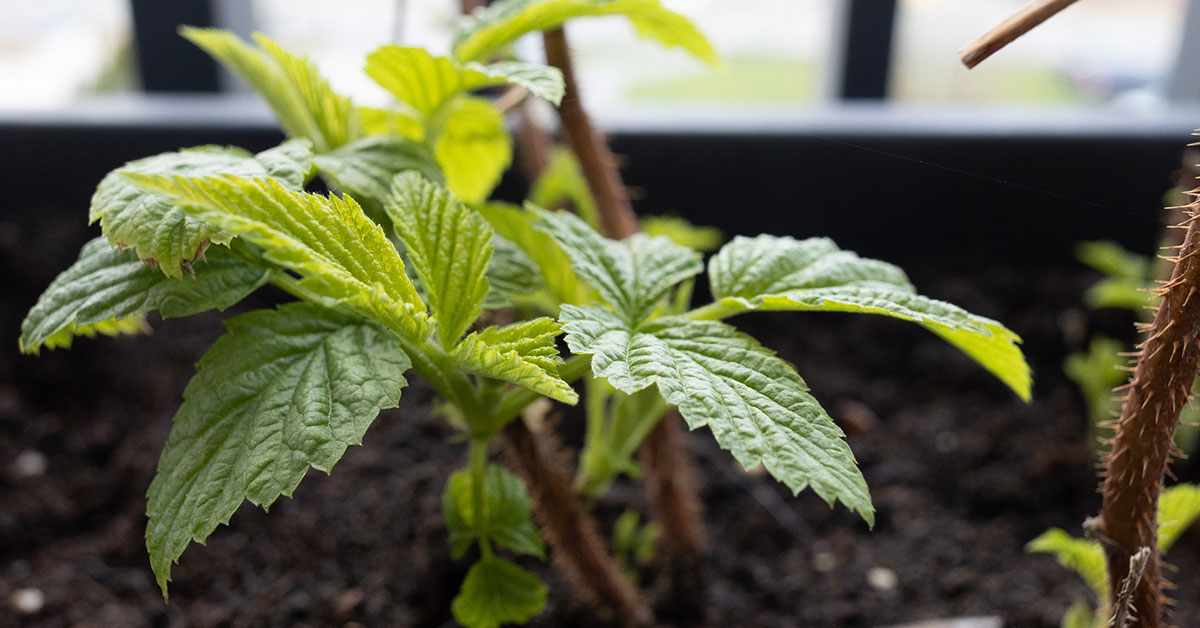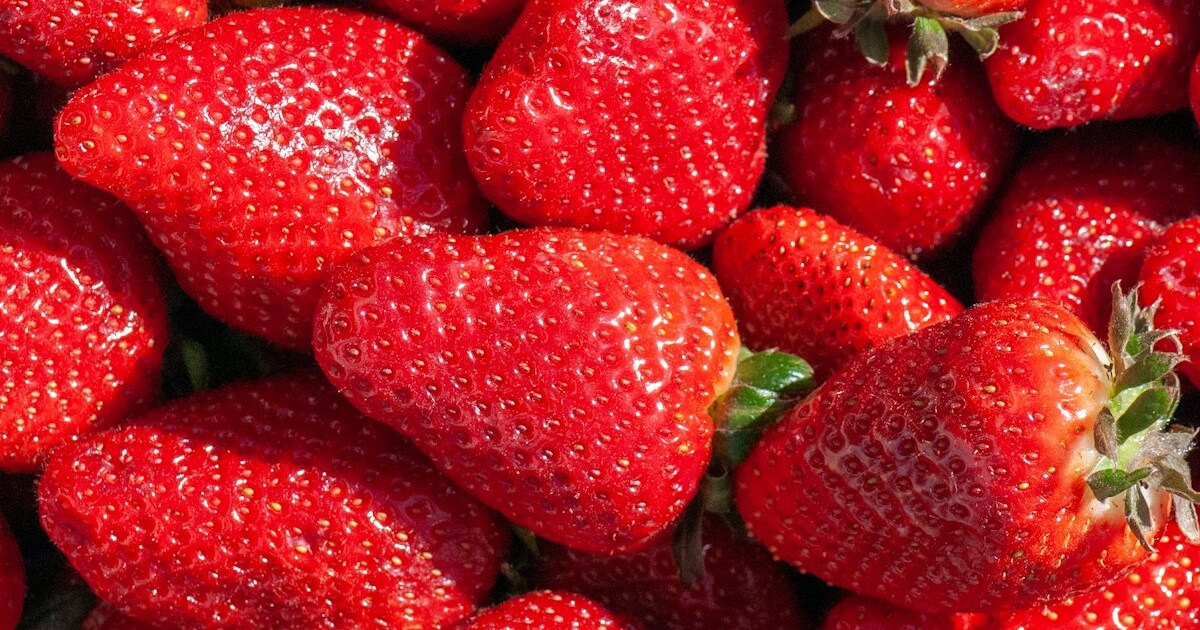Gardening brings me endless joy, especially when I discover plants that offer tiny, charming blooms that brighten even the most modest garden corner! In this article, I’m excited to introduce you to 17 plants with adorable tiny flowers, each with its own captivating story. From their native origins to their behavior in our gardens, I’ll share personal insights on how these plants not only add delicate beauty but also attract a variety of pollinators and even provide quaint nesting spots for beneficial insects. I know how disheartening it is when your favorite plant becomes a pest magnet or when invasive species upset your garden’s harmony—so I’m here to guide you through these delightful options with care and enthusiasm!
Over the years, I’ve learned that even the tiniest blooms can have a big impact on a garden’s overall charm and ecosystem. Whether you’re an experienced gardener or just beginning to explore the wonders of outdoor planting, these species offer both aesthetic appeal and ecological benefits. Each section below is filled with my personal observations and helpful tips, encouraging you to embrace these petite beauties while keeping an eye on their behavior.
Viola odorata (Sweet Violet)
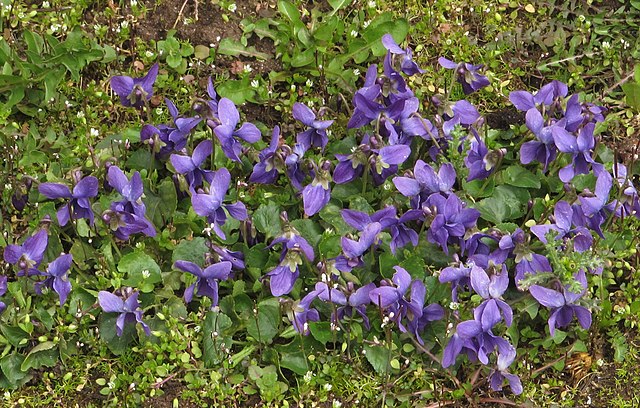
Sweet Violet is a perennial favorite known for its small, heart-shaped blooms and delicate fragrance that fills the air with nostalgia and charm! Native to Europe and parts of Asia, this plant has long been celebrated for its ability to thrive in both shaded and sunny spots. In my garden, I’ve found that these tiny violets not only create a soft carpet of color but also attract a host of bees and butterflies eager to explore their subtle nectar offerings. Their diminutive size makes them ideal for borders and woodland gardens, where every little blossom counts.
I always delight in the way Sweet Violets serve as a gentle refuge for small insects seeking a cozy place to rest or even begin their nesting rituals. Although they are generally well-behaved and non-invasive, it’s important to remember that they prefer cool, moist conditions, so a bit of extra care in drier climates might be needed. Their understated beauty and ecological contributions make them a must-have for anyone aiming to create a balanced, inviting garden atmosphere!
Lobelia erinus (Trailing Lobelia)
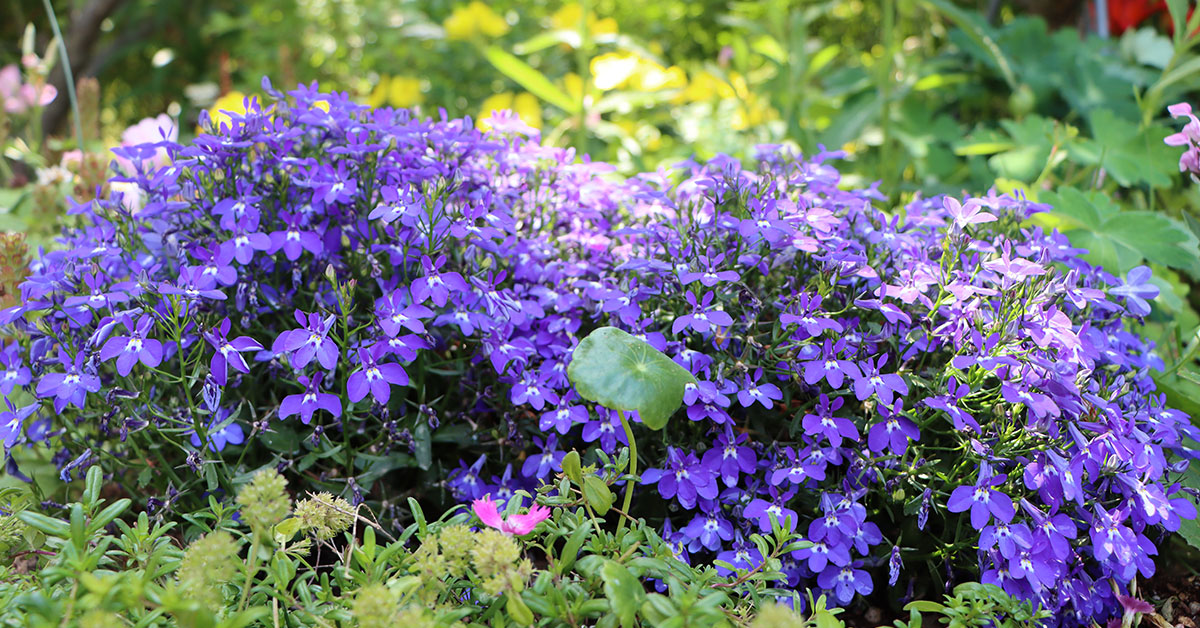
Trailing Lobelia captivates with its cascade of tiny, vivid blue or purple flowers that spill gracefully over containers and garden edges! Originally native to the Americas, this charming annual has won over many gardeners with its profuse blooming habit and its ability to attract buzzing bees and fluttering butterflies. I’ve often marveled at how its delicate blossoms create a natural, trailing effect that softens the hard lines of garden structures, adding a playful touch to the landscape.
Beyond its striking appearance, Lobelia erinus plays a subtle yet significant role in supporting local pollinators. Its tiny blooms serve as a perfect landing pad for beneficial insects that sometimes even use the sheltered areas around the flower clusters as temporary nesting spots. While it thrives in cooler conditions and is relatively low-maintenance, a little care goes a long way in ensuring that these petite flowers continue to enchant and energize your garden throughout the season!
Thymus serpyllum (Creeping Thyme)

Creeping Thyme is a delightful ground cover that bursts forth with clusters of minuscule, star-shaped flowers, releasing a gentle herbal aroma as you walk by! Native to the Mediterranean region, this low-growing perennial not only offers an attractive carpet of greenery but also provides a sensory delight with its subtle scent and colorful blooms. In my own garden, I’ve found that Creeping Thyme creates a charming, soft barrier between stepping stones, inviting bees and other pollinators to explore its tiny blossoms.
I appreciate how this versatile plant also acts as a living mulch, reducing weed growth and retaining moisture while adding an artistic touch to garden pathways. Though it rarely becomes invasive, it’s always wise to give it a trim now and then to maintain its neat, mounded form. For any gardener seeking a blend of practicality and beauty, Creeping Thyme is a true gem that brings both flavor and visual interest to every outdoor nook!
Nemesia denticulata (Dwarf Nemesia)

Dwarf Nemesia charms with its clusters of petite, vibrant flowers that come in a delightful range of hues, from soft pinks to bold purples! Originally hailing from South Africa, this annual is a favorite for adding a pop of color to container gardens and window boxes. In my garden, I’ve enjoyed the way these tiny blooms create a playful, whimsical display that catches the eye of visiting butterflies and hummingbirds. Their diminutive size belies their powerful impact on the overall aesthetic of a sunny garden space.
Beyond their sheer visual appeal, Dwarf Nemesia plants are fantastic at attracting beneficial insects that help maintain a balanced garden ecosystem. I’ve noticed that these little beauties often become impromptu meeting spots for tiny pollinators, which sometimes even consider the surrounding foliage as a safe nesting area. Their non-invasive nature and easy care requirements make them an ideal choice for gardeners who want to experiment with bold color without sacrificing ecological harmony!
Primula vulgaris (Primrose)
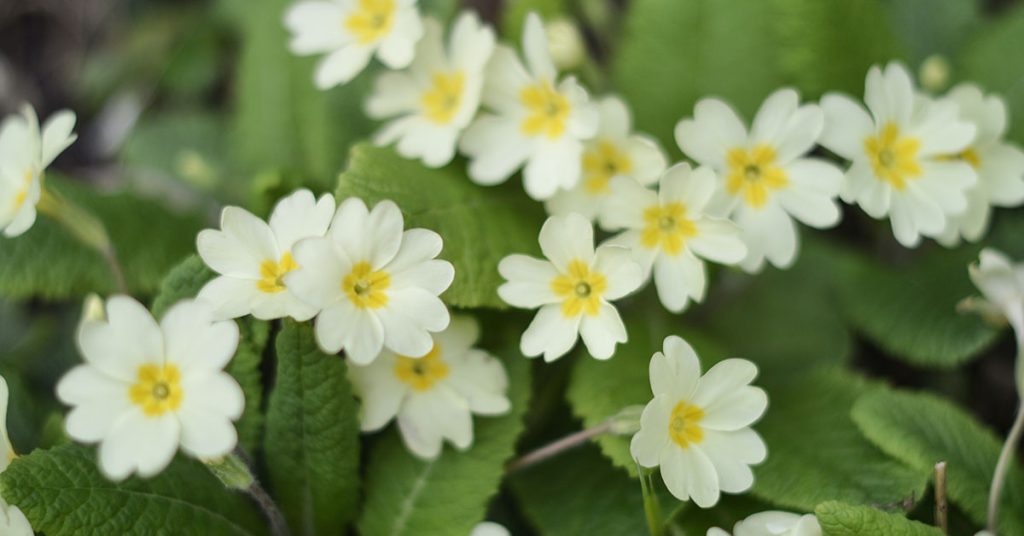
Primroses are among the first heralds of spring, boasting clusters of tiny, enchanting flowers that exude a gentle elegance! Native to Europe, these beloved perennials have long been cherished for their early blooming period and their ability to brighten up even the dreariest of winter corners. In my garden, Primula vulgaris adds an element of softness and charm, inviting bees and other pollinators to revel in their delicate nectar-rich blossoms. Their understated yet captivating appearance makes them a delightful addition to woodland gardens and shaded borders.
I’ve found that primroses not only offer aesthetic appeal but also create microhabitats that support the local insect community. The compact clusters of their blooms often provide just the right spot for tiny insects to forage and even establish temporary nesting sites. Although they are generally non-invasive, they do require cool, moist conditions to flourish, so a little extra watering during dry spells ensures that their beauty endures throughout the season!
Campanula poscharskyana (Serbian Bellflower)

Serbian Bellflower is a charming perennial that treats gardeners to a profusion of petite, bell-shaped flowers that nod gracefully in the breeze! Native to the Balkan Peninsula, this plant has a rich history of adorning rock gardens and borders with its delicate, sky-blue or purple blossoms. In my garden, I’ve admired how these tiny bells create a rhythmic, almost musical pattern that entices pollinators like bees and small butterflies to come and dance among the blooms.
I also appreciate that Serbian Bellflower offers more than just visual delight; its compact, clump-forming habit makes it an excellent ground cover for areas that need a bit of natural charm. The modest flowers create inviting spots for beneficial insects to rest and even start nesting in sheltered crevices. With proper care and regular maintenance, this delightful perennial never becomes invasive, ensuring that your garden remains a harmonious blend of color, form, and ecological balance!
Achillea millefolium (Yarrow)

Yarrow is a perennial herb that boasts clusters of tiny, button-like flowers that pack a punch in terms of both beauty and ecological benefits! Native to temperate regions of the Northern Hemisphere, this hardy plant has been a staple in traditional gardens for centuries, celebrated for its feathery foliage and delicate, multicolored blooms. In my own outdoor space, I’ve seen yarrow create a natural tapestry that not only adds a burst of subtle color but also invites a myriad of pollinators to its open, airy flower clusters.
I find it particularly fascinating that yarrow’s tiny blossoms can serve as a landing strip for bees and even provide sheltered niches for small insects seeking a place to nest. Despite its vigorous growth, yarrow is generally well-behaved and rarely becomes invasive when given sufficient space to spread naturally. Its resilience and ability to thrive in a variety of conditions make it a true ally in any garden, offering both visual interest and functional ecological support!
Nigella damascena (Love-in-a-Mist)

Love-in-a-Mist captivates with its ethereal display of delicate, lace-like flowers that seem to float on air amid a tangle of feathery foliage! Native to the Mediterranean region, Nigella damascena has a romantic, almost otherworldly charm that has enchanted gardeners for generations. In my garden, I’ve delighted in watching these tiny blossoms emerge amidst wispy seed pods, creating a dreamy, cascading effect that attracts both bees and butterflies. Their intricate beauty and unique structure always spark conversation among fellow gardening enthusiasts!
The fascinating aspect of Love-in-a-Mist is how it not only adds ornamental value but also supports local wildlife. The airy, delicate blooms and the surrounding mist-like foliage provide a subtle refuge for beneficial insects, sometimes even offering a temporary nesting haven for the tiniest of pollinators. Though not known for being invasive, these plants thrive best when given room to spread naturally in a well-tended bed, ensuring that their enchanting display remains both manageable and mesmerizing!
Dianthus deltoides (Maiden Pink)
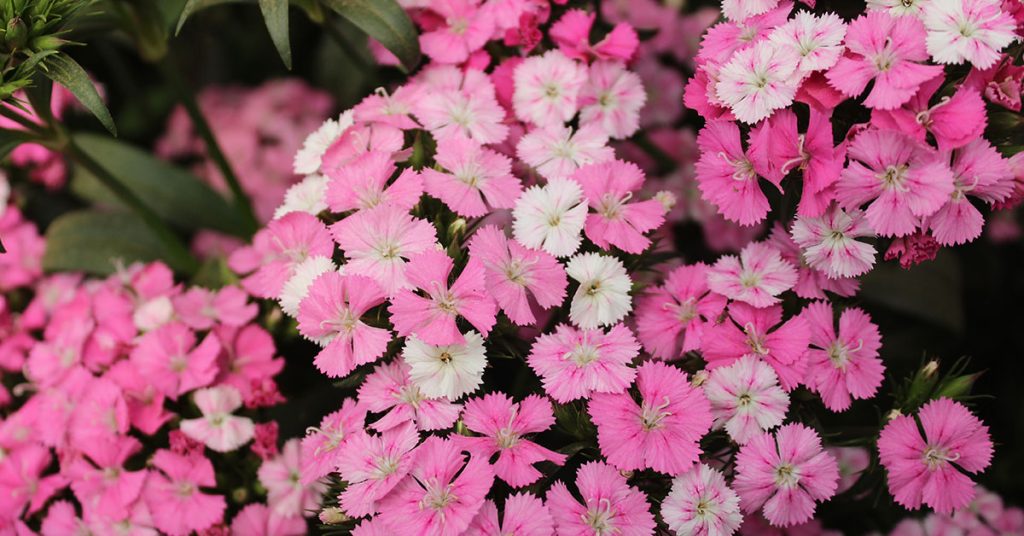
Maiden Pink is a captivating plant with clusters of petite, fringed flowers that exude a soft, delicate charm and a gentle spicy fragrance! Native to Europe and parts of Asia, Dianthus deltoides has long been prized for its graceful form and the way its tiny blooms add a touch of vintage elegance to rock gardens and borders. In my own experience, these flowers create a subtle yet striking accent that attracts butterflies and small bees, each one seemingly drawn to the plant’s delicate allure and the promise of a quiet resting spot.
I’ve also found that Maiden Pink offers more than just visual delight—it plays a subtle role in nurturing a balanced garden ecosystem. The tight clusters of its flowers provide shelter for beneficial insects and even encourage a few of nature’s tiniest creatures to consider the area for nesting. With minimal risk of invasiveness when grown under the right conditions, Dianthus deltoides is a reliable companion for any gardener who appreciates the refined beauty of tiny blooms and the ecological harmony they foster!
Iberis sempervirens (Candytuft)
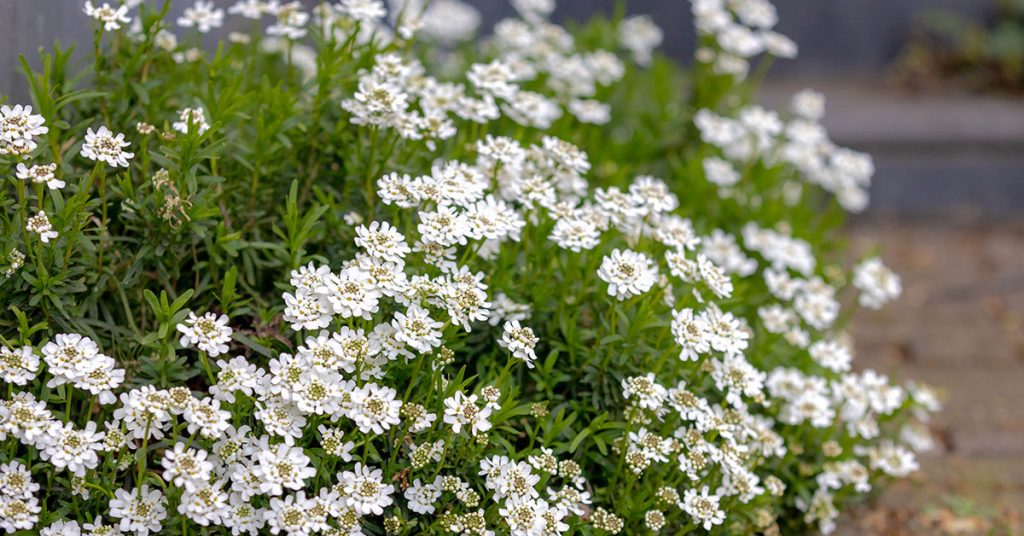
Candytuft enchants with its profusion of tiny, star-shaped flowers that burst forth in a cascade of white, pink, or purple hues, creating a veritable carpet of color! Native to the Mediterranean region, Iberis sempervirens is a low-growing perennial that has long been favored for its hardiness and its ability to thrive in rocky, well-drained soils. In my garden, I’ve often admired how this plant transforms borders and rockeries with its delightful clusters, offering a gentle invitation to pollinators such as bees and small butterflies who delight in its nectar-rich blossoms.
I find it particularly rewarding that Candytuft not only delivers visual appeal but also contributes to the garden’s ecosystem by providing subtle nesting spots for beneficial insects. Its compact, mounding habit ensures that it remains well-behaved and non-invasive, allowing you to enjoy its beauty without the worry of unwanted spread. Every time I tend to my Candytuft, I’m reminded of how even the smallest blooms can have a huge impact on creating a balanced and inviting garden environment!
Ajuga reptans (Bugle)

Bugle is a dynamic ground cover that dazzles with spikes of tiny, vibrant flowers, ranging from deep blues to soft purples, which pop up in early spring! Native to Europe, Ajuga reptans has earned a reputation as both an attractive and functional plant that helps suppress weeds while drawing in a host of pollinators. I’ve always been excited by the way its compact rosettes of foliage create a lush carpet, with clusters of minuscule blooms that invite bees to forage and occasionally offer a snug nook for tiny insects to nest.
In my garden, Bugle’s vigorous growth and delightful floral display serve as a reminder that small things often make the biggest impact. Though it can spread rapidly under ideal conditions, I’ve found that regular maintenance keeps it in check, ensuring that its beauty enhances rather than overwhelms the space. Its dual role as an ornamental cover and a supporter of local wildlife makes Ajuga reptans a truly charming and practical addition to any gardener’s repertoire!
Sedum spurium (Two-Row Stonecrop)
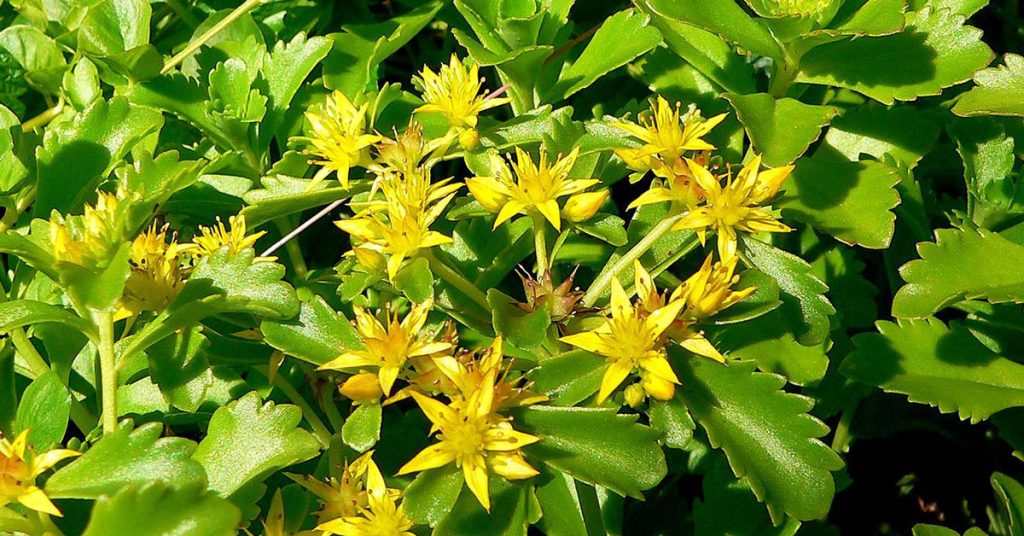
Two-Row Stonecrop is a succulent marvel that boasts clusters of tiny, star-shaped flowers, adding a burst of color to rock gardens and xeriscapes alike! Native to parts of Europe and Asia, Sedum spurium is cherished for its hardy nature and its ability to thrive in poor, well-drained soils where many other plants might falter. In my experience, its diminutive blooms and fleshy, low-growing leaves create a striking contrast against rugged landscapes, drawing in bees and other pollinators that are always on the lookout for a bit of nectar and a cozy nesting nook.
I appreciate how Two-Row Stonecrop combines beauty with practicality—its non-invasive habit ensures that it remains contained within its designated area, yet its vibrant flower clusters are enough to capture the admiration of anyone passing by. It’s such a joy to see how this unassuming succulent transforms a dry, sunlit corner into a lively mosaic of color and texture. With minimal maintenance and a high degree of adaptability, Sedum spurium is a wonderful reminder that even the smallest flowers can pack a delightful punch!
Scilla siberica (Siberian Squill)

Siberian Squill is an enchanting bulbous perennial that adorns gardens with clusters of tiny, starry blue flowers that herald the arrival of spring! Native to the woodlands of Siberia and parts of Eastern Europe, this charming plant has a storied history in traditional gardens, where its delicate blooms create a cool, refreshing carpet beneath the trees. I’ve always been captivated by how these miniature flowers emerge in early spring, attracting bees and small butterflies that relish their modest yet vital nectar offerings.
In my garden, Siberian Squill has proven to be a resilient and delightful companion, thriving in well-drained soils and shaded spots where few other flowering plants can compete. Its non-invasive nature and clump-forming habit ensure that it adds beauty without overwhelming other native species, and its tiny blooms often serve as a welcome beacon for pollinators seeking a gentle start to their day. Every glimpse of these little blue stars fills me with hope and excitement for the coming season!
Cymbalaria muralis (Ivy-Leaved Toadflax)

Ivy-Leaved Toadflax is a whimsical plant that adorns walls and garden edges with a profusion of petite, playful flowers, each one exuding a subtle charm! Native to the Mediterranean region, Cymbalaria muralis has a natural affinity for rocky, sun-drenched surfaces where its tiny blossoms create a soft, cascading effect that is both captivating and endearing. In my own garden, I’ve enjoyed watching these little flowers spill over garden walls, attracting bees and fluttering butterflies that seem to treat each bloom as a tiny oasis of nectar.
What I find particularly delightful about Ivy-Leaved Toadflax is its ability to adapt and create microhabitats in unexpected places. Its delicate clusters of flowers often provide a brief but valuable nesting spot for small insects seeking refuge from the summer heat. Although it can spread along walls and ground covers, its growth is usually well-behaved and easily managed, making it an excellent choice for gardeners who appreciate both beauty and practicality. Its lighthearted presence always brings a smile to my face and a sense of wonder to any outdoor space!
Armeria maritima (Sea Thrift)
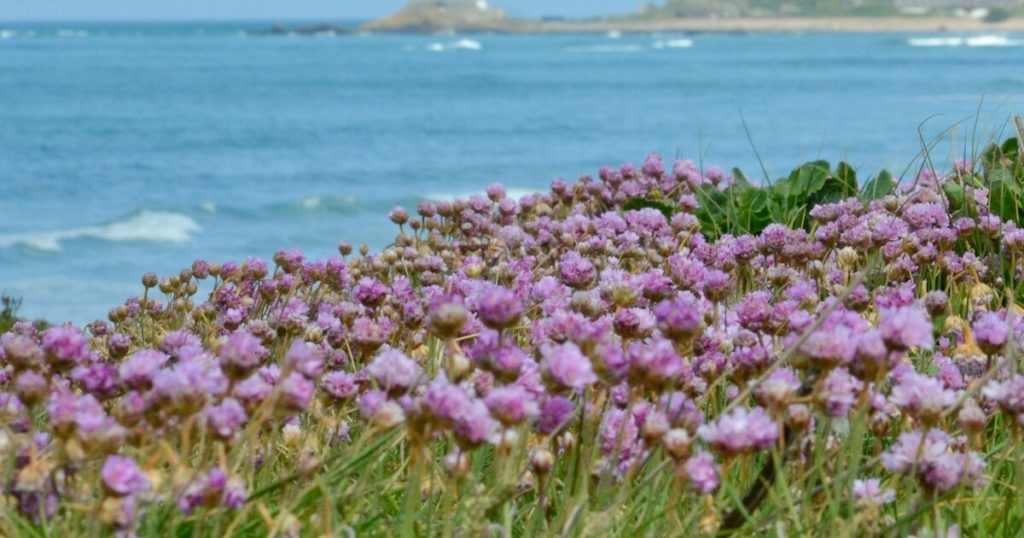
Sea Thrift is a charming perennial that graces coastal gardens with its delicate, tiny flowers, evoking the breezy spirit of the seaside! Native to the salt-sprayed shores of Europe, this resilient plant has adapted beautifully to harsh, rocky environments, making it a favorite for adding texture and color to rugged landscapes. In my garden, I’ve admired how Sea Thrift forms neat clumps with clusters of minuscule blooms that attract an array of pollinators, including bees and even small butterflies seeking a cool spot to nest and rest.
The ecological role of Sea Thrift extends far beyond its visual appeal; its robust growth habit and non-invasive nature make it a dependable companion for gardeners in challenging conditions. I’ve found that its ability to thrive in poor, well-drained soils not only adds beauty to the landscape but also supports a balanced ecosystem by providing shelter and foraging opportunities for local wildlife. Every time I see these petite, wind-swept blooms, I’m reminded of nature’s resilience and the unexpected charm of coastal flora!
Veronica persica (Bird’s-Eye Speedwell)
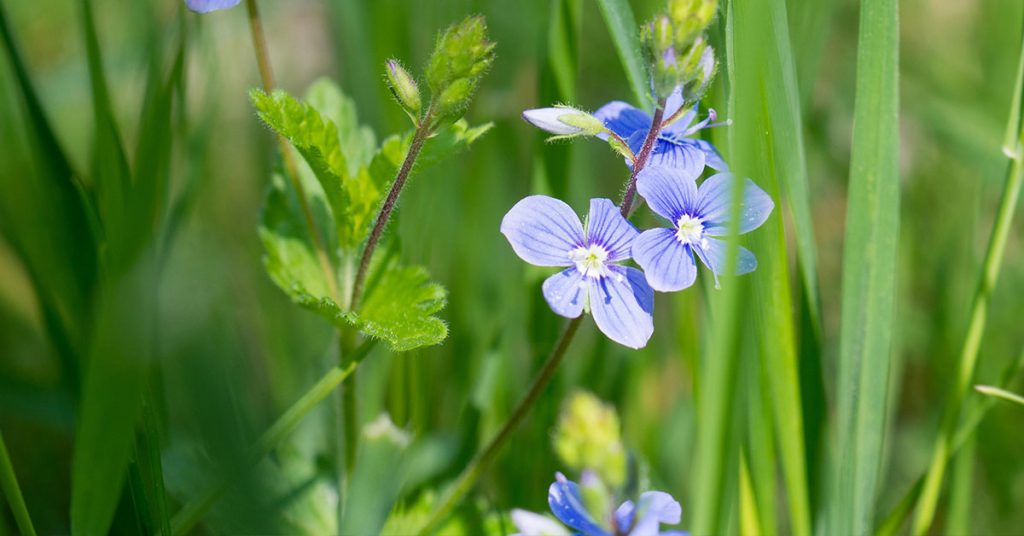
Bird’s-Eye Speedwell dazzles with a profusion of tiny, star-shaped flowers that seem to twinkle like miniature stars across the garden! Native to Europe and western Asia, this delicate annual has found its way into gardens around the world, where its small yet vibrant blooms create a charming mosaic of color. I’ve always been intrigued by the way these little flowers form dense clusters that attract a flurry of pollinators, from busy bees to the occasional visiting butterfly seeking a perfect spot to nest or simply rest their wings.
Despite its unassuming size, Veronica persica plays a significant role in enriching garden biodiversity. Its rapid growth and spreading habit can sometimes be a concern in areas with optimal conditions, so a bit of regular maintenance is advisable to keep it in check. Nevertheless, its delightful presence and the joyful buzz of pollinators it attracts make it a true treasure for anyone who values the interplay between beauty and nature’s intricate web of life!
Erodium cicutarium (Redstem Filaree)

Redstem Filaree may be small, but it offers an endearing display of tiny, delicate flowers that bring a subtle, rustic charm to any garden setting! Native to the Mediterranean region, Erodium cicutarium has been introduced to various parts of the world, where its modest blossoms grace disturbed areas and garden edges with a touch of wild elegance. In my own outdoor space, I’ve seen how these minuscule pink or magenta flowers create a soft, whimsical carpet that attracts both bees and tiny butterflies—many of which even consider the sheltered spots among its leaves as a safe nesting area.
Despite its unpretentious appearance, Redstem Filaree plays an important role in supporting local biodiversity by offering refuge and foraging opportunities for beneficial insects. It is generally non-invasive when grown in a well-managed garden, allowing its natural beauty to enhance the landscape without dominating it. I find its understated charm both refreshing and inspiring—a reminder that even the smallest flowers can have a big impact on creating a warm, inviting, and ecologically balanced garden!


